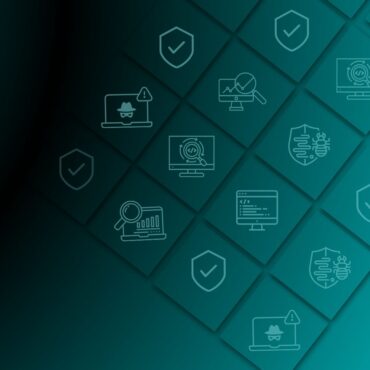
By: Elías Cedillo Hernández
CEO and Founder of GrupoBeIT, BuroMC, and Elite Infrastructure Services
Talking about smart buildings or smart cities is just one part of the technological evolution in construction. Today, there are not only smart buildings like the Warren Koyo I, built in 2021, whose efficiency surpasses what could be achieved 15 years ago. Countries like Japan not only have smart buildings but also smart cities, such as Woven City, located at the foot of Mount Fuji—a Toyota project—and Fujisawa, a former Panasonic factory site, equipped with solar panels and intelligent monitoring systems, where around 2,000 people live.
The implementation of technology in smart buildings and smart cities is on the rise, aiming to improve efficiency and the quality of life for their inhabitants and occupants. According to the “Smart Buildings Market Trends” study by Mordor Intelligence, the market value in 2023 was approximately 82.85 billion US dollars, with a compound annual growth rate (CAGR) of 13.96%. This indicates that we are on the path toward adopting this type of spaces in the coming years. What can we gain from implementing visible and invisible technology in the construction of smart buildings and cities? To understand this, it is helpful to differentiate between two concepts: “smart” buildings and intelligent convergent buildings.
.
Although both types of buildings use advanced technology, the main difference lies in how they are managed and operated. In a “smart” building, the user programs the systems to operate optimally according to their preferences. In contrast, an intelligent convergent building has the ability to detect and process information by itself, automatically adjusting its systems to achieve the best performance.
.
For a building to be truly intelligent convergent, it needs sensors that capture data from the external environment and communication channels that transport this information to the “brain” of the building or city, which can be located on-site or in the cloud. Additionally, it must have machine learning algorithms that process this data and determine the optimal actions to take for better resource performance of the building or city. Panduit, mentions in its article “Infrastructure for Smart Building Technologies” that implementing a convergent intelligent building can generate savings of up to 30% compared to a smart building with similar functionality. Grupo Arqual, a benchmark in the architectural industry in Mexico, states that buildings can now incorporate advanced technologies such as artificial intelligence and the Internet of Things (IoT). These tools allow efficient management of crucial aspects such as security, accessibility, and energy efficiency. For example, IoT sensors collect real-time data to automatically adjust lighting, climate control, and security systems, achieving energy savings of up to 15% and reducing maintenance costs by 25%. In summary, the evolution toward smart buildings and cities not only represents a technological advancement but also an opportunity to improve quality of life and sustainability in our communities. The integration of advanced technologies promises a future where the spaces in which we live and work are more efficient, secure, and adaptive to our needs.
.
.











Post comments (0)